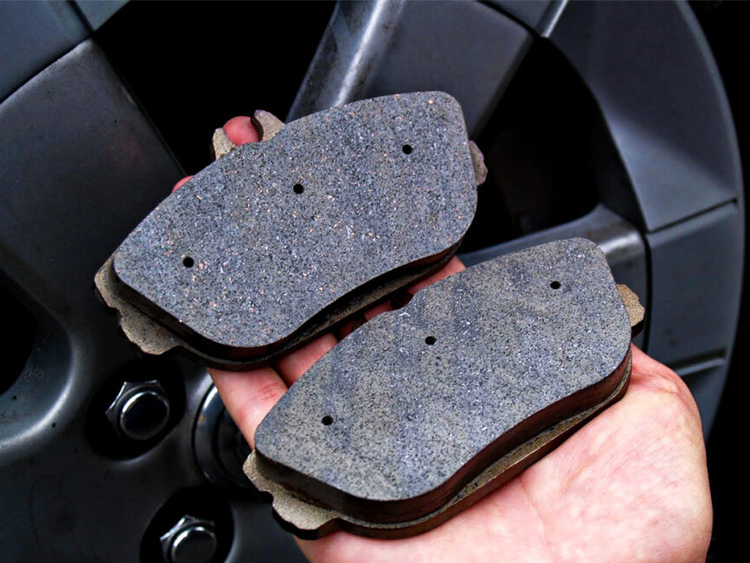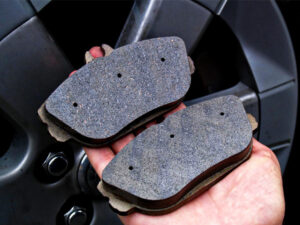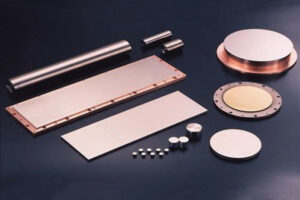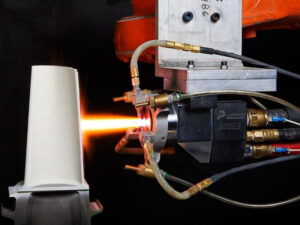What are the advantages of using fused zirconia powder as a brake disc friction material?
Fused zirconia powder is a monoclinic zirconia powder produced through a high-temperature electrofusion process. It can be used in conjunction with other friction materials in braking systems of high-speed trains and high-end locomotives, such as carbon-ceramic brake pads, adaptable to harsh braking scenarios.
Specific advantages of using it as a brake pad friction material include:
- Superior high-temperature resistance compared to other friction materials such as alumina and silicon carbide. Fused zirconia has a melting point of approximately 2715 degrees Celsius. This temperature is sufficient to melt copper. Therefore, even near the hottest components of an engine, zirconia will not melt or deform. Even if the metal or plastic fails, zirconia retains its strength.
- Fused zirconia has extremely low thermal conductivity, only 2 to 3 W/m·K. In other words, it is not a good conductor of heat, helping to prevent overheating of other engine components. Therefore, it reduces heat transfer during braking, lowers the risk of brake disc thermal deformation, and improves braking stability and safety.
- Zirconium materials are characterized by their superior wear resistance and high toughness. As a wear-resistant phase, they can significantly extend the service life of brake discs and reduce material loss during braking.
- Fused Zirconia powder exhibit good chemical stability and excellent compatibility with resins, fibers, and other components in friction materials, without undergoing chemical reactions and maintaining structural stability.
- The coefficient of friction is moderate and stable, ensuring braking effectiveness while preventing excessive wear on brake pads.




